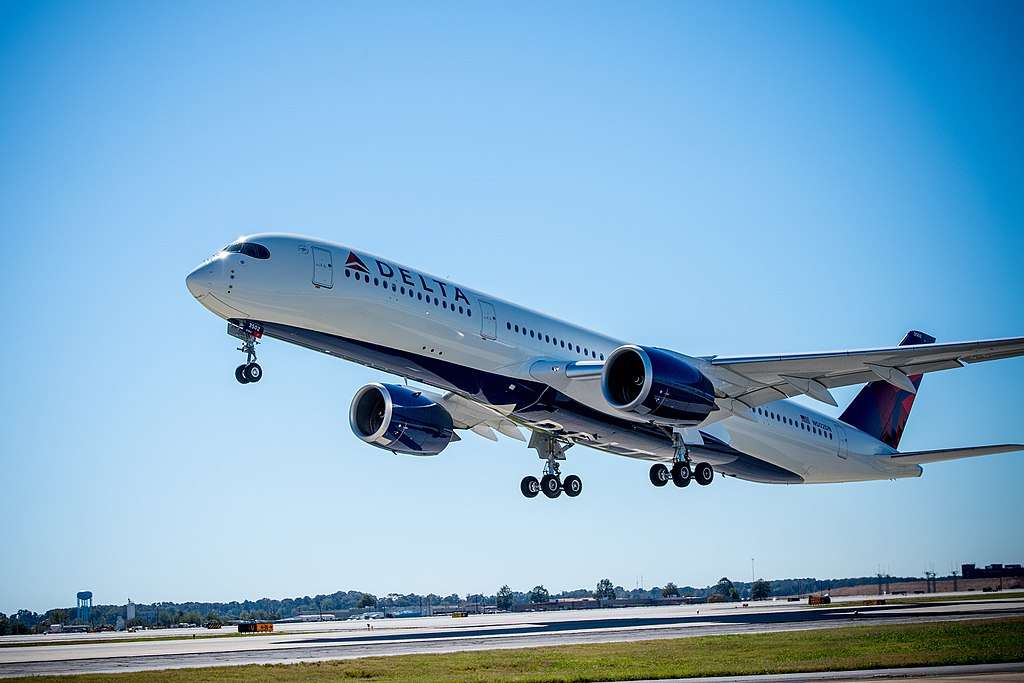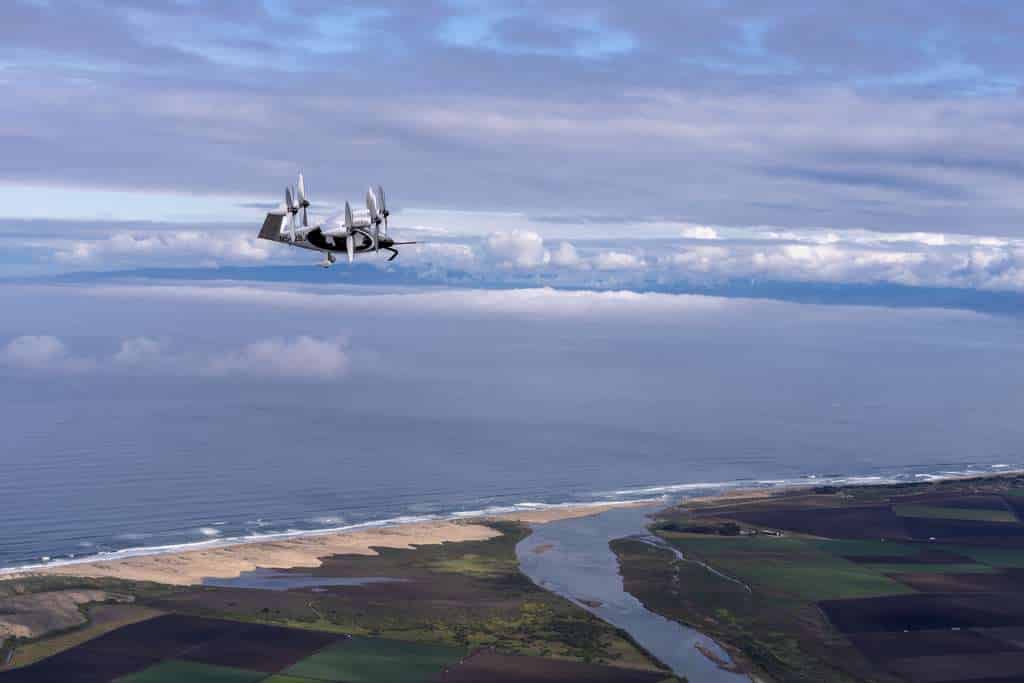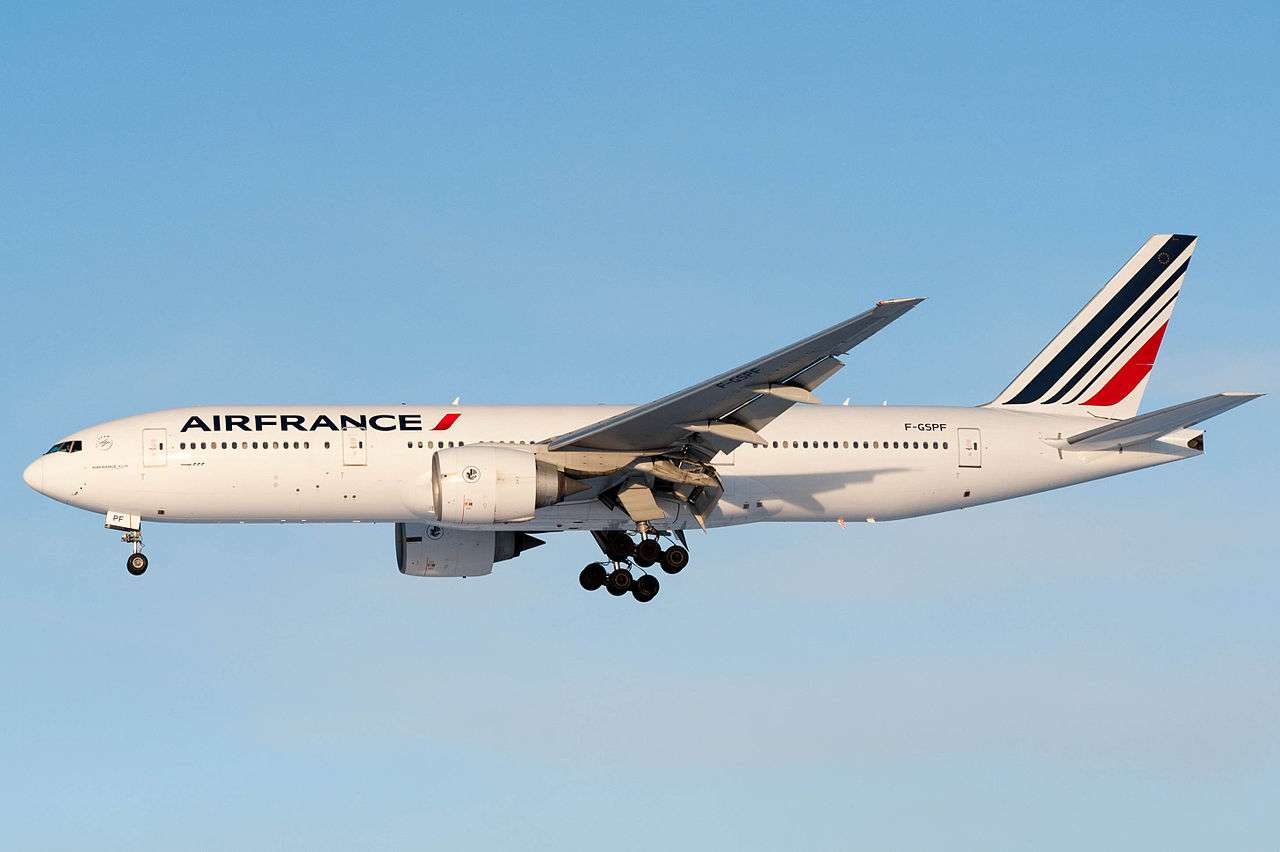Charleston International Airport, nestled in the heart of South Carolina, stands as a testament to the evolution of air travel in the southeastern United States.
From its humble beginnings as a military airfield to its current status as a bustling hub for both domestic and international flights, the airport has played a crucial role in connecting Charleston to the world.
Let’s embark on a historical journey through the skies of Charleston, exploring the key milestones and transformations that have shaped this vital transportation hub.
Early Days at Charleston International Airport…
Charleston International Airport traces its roots back to the early 20th century when the need for aviation infrastructure began to emerge.
In 1928, the Charleston Airport opened as a simple dirt landing strip known as the Charleston Municipal Airport.
Initially serving as a base for military operations, the airport played a minor role in commercial aviation.
Furthermore, the outbreak of World War II brought significant changes to Charleston Airport.
In 1941, the United States Army Air Corps assumed control of the airport, renaming it the Charleston Army Air Base.
The military expanded the facilities, constructing new runways, hangars, and support buildings to accommodate the growing demand for air operations.
During the war, the air base served as a vital training center for military pilots and played a crucial role in supporting the war effort.
After World War II, Charleston Airport underwent a transformation as it transitioned from a military base to a civilian airport.

In 1949, control of the facility was transferred to the City of Charleston, marking the beginning of its civilian operation.
Furthermore, the airport underwent extensive renovations and upgrades to meet the requirements of commercial air travel.
Additionally, this included the construction of a modern terminal building and the expansion of runway facilities.
The Jet Age and Expansion…
The dawn of the Jet Age in the 1960s brought about a new era of air travel.
This was characterized by faster and more efficient aircraft.
Charleston Airport embraced this technological advancement, investing in infrastructure improvements to accommodate jetliners and increasing passenger traffic.
Furthermore, throughout the decade, the airport experienced steady growth.
They attracted major airlines and expanding its route network to serve destinations across the United States.
As air travel continued to evolve, Charleston Airport embarked on a series of modernization projects to enhance its facilities and services.
Furthermore, in the 1980s and 1990s, the airport underwent significant renovations.
This included the construction of a new terminal complex, parking garages, and passenger amenities.
These improvements not only improved the passenger experience but also positioned Charleston Airport as a competitive player in the regional aviation market.
In the 21st century, Charleston Airport has continued to expand and adapt to the changing demands of air travel.

The airport has added new concourses, upgraded its security infrastructure, and implemented technology enhancements to streamline operations and improve efficiency.
Additionally, Charleston Airport has played a vital role in driving economic growth and development in the region.
This was through serving as a gateway for tourism, commerce, and industry.
As Charleston International Airport looks to the future, it remains committed to providing world-class service and connectivity to travelers from around the globe.
With ongoing investments in infrastructure, sustainability initiatives, and customer experience enhancements, the airport is poised to continue its legacy as a vital transportation hub for generations to come.
Overall…
Charleston International Airport stands as a symbol of progress and innovation in the field of aviation.
Its origins as a military airfield to its current status as a thriving commercial airport has been evident.
It has witnessed remarkable growth and transformation over the decades.
As Charleston’s premier gateway to the world, the airport remains an integral part of the region’s identity.
The airport is an enduring testament to the power of flight to connect people and cultures across the skies.

Click the banner to subscribe to our weekly newsleter.

Click the photo to join our WhatsApp channel so then you can stay up to date with everything going on in the aviation industry!




